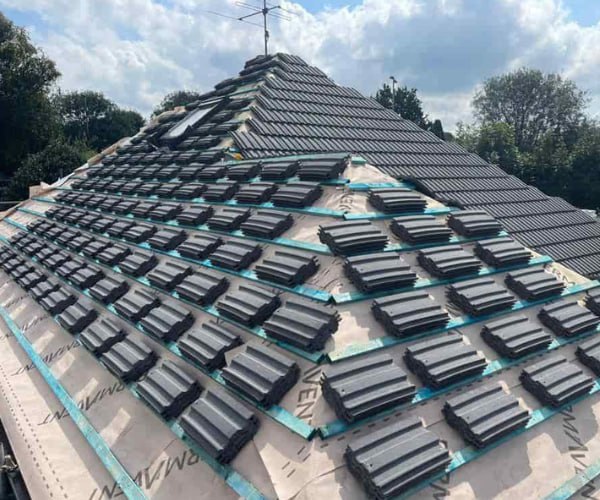The Impact of Hail Damage on Lead Flashing
Introduction: Hailstorms are common in many regions, and their destructive potential can wreak havoc on various aspects of a building’s exterior, including roofing materials. When it comes to lead flashing, which plays a crucial role in maintaining a watertight seal, it is not immune to the impact of hail damage. In this blog post, presented by GKL Roofing Tickhill, we’ll explore the potential effects of hail damage on lead flashing and how to assess and address any issues that may arise.
Understanding Lead Flashing
Lead flashing is a durable and long-lasting material commonly used in roofing to create a weatherproof seal around roof penetrations like chimneys, vents, and skylights. Its flexibility and malleability make it an excellent choice for ensuring that water doesn’t penetrate these vulnerable areas of your roof.
Hail Damage Potential
Hail can range from small pellets to larger, more destructive stones. The size and velocity of hailstones during a storm can vary significantly, and this variability can impact lead flashing in several ways:
1. Dents and Dings: Larger hailstones can dent or create dings in the lead flashing. These dents may not immediately lead to leaks but can compromise the flashing’s integrity over time.
2. Surface Damage: Hailstones can also cause surface damage to the lead flashing. While lead is naturally resistant to corrosion, surface damage can create vulnerabilities that may eventually lead to water infiltration.
3. Weakening Over Time: Repeated hailstorms can gradually weaken the lead flashing, making it more susceptible to developing cracks or fissures that allow water to seep through.
Assessing Hail Damage
After a hailstorm, assessing your roof and lead flashing for potential damage is essential. Here are some steps to follow:
1. Visual Inspection: Examine the lead flashing for visible signs of hail damage, including dents, dings, or surface irregularities.
2. Check for Leaks: Inspect your attic or the area below the flashing for any signs of water leaks. Even small leaks can indicate that the flashing has been compromised.
3. Seek Professional Inspection: For a thorough evaluation, consider contacting a roofing professional to assess the extent of the damage. They can provide expert guidance on whether repairs or replacements are necessary.
Addressing Hail Damage
If you discover hail damage on your lead flashing, it’s essential to address it promptly to prevent further issues. Depending on the severity of the damage, you may need to consider the following:
1. Repairs: Minor dents or surface damage can often be repaired by a skilled roofing professional. They can reshape the lead flashing or apply appropriate sealants to restore its integrity.
2. Replacement: If the damage is extensive or has compromised the flashing’s ability to create a watertight seal, replacing the affected sections or the entire lead flashing may be necessary.
Conclusion: Hail damage can impact lead flashing, potentially leading to water infiltration and roof issues. Regular inspections and prompt repairs are crucial to maintaining the effectiveness of your lead flashing and ensuring that your roof remains watertight. If you suspect hail damage or need assistance with lead flashing inspections or repairs, contact GKL Roofing Tickhill for expert guidance and roofing solutions tailored to your needs.
Call us on: 01302 490 497
Click here to find out more about GKL Roofing Tickhill
Click here to complete our contact form and see how we can help with your roofing needs.

